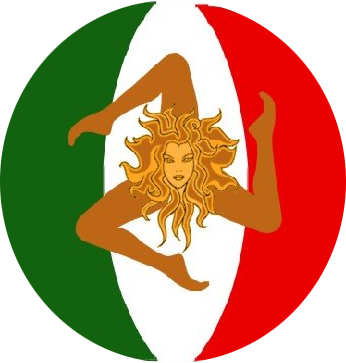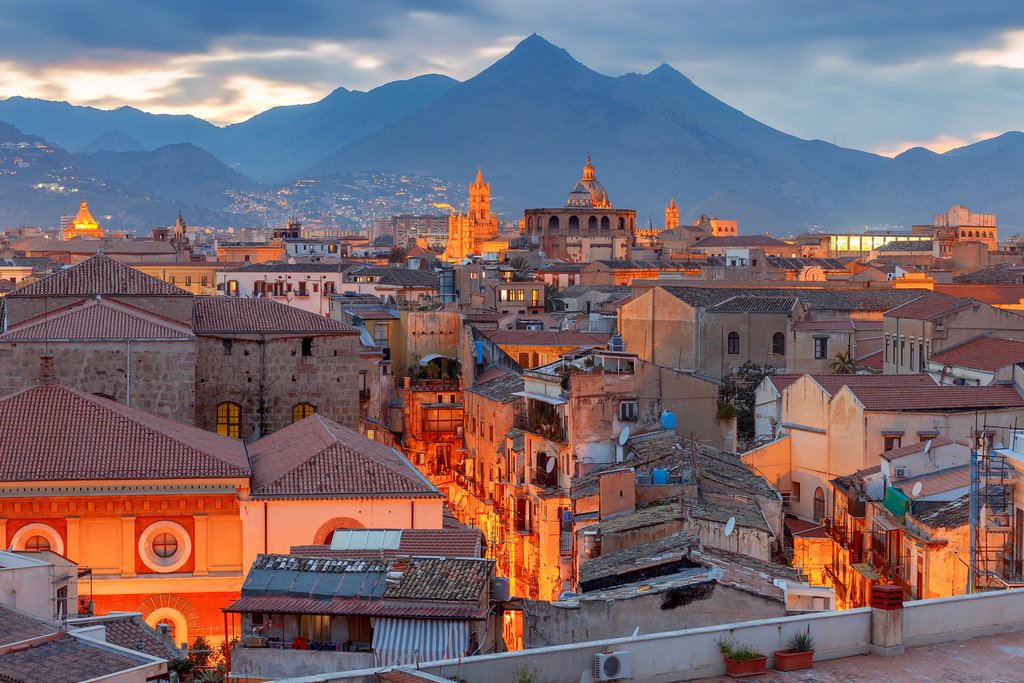
Palermo
Palermo, the capital city of Sicily, Italy, is a melting pot of history, culture, and gastronomy. The city has a rich and diverse history, having been inhabited by Phoenicians, Greeks, Romans, Arabs, Normans, and many other civilizations throughout the centuries. This has resulted in a unique mix of architectural styles, cultural traditions, and culinary delights that make Palermo a fascinating destination for travelers from all over the world.
History of Palermo
The history of Palermo dates back to the 8th century BC, when it was founded by the Phoenicians. The city was later conquered by the Greeks, who named it Panormus, meaning “all-port,” due to its strategic location on the Mediterranean Sea. During the Roman period, Palermo became an important commercial center and was known for its magnificent public buildings, such as the amphitheater and the thermal baths.
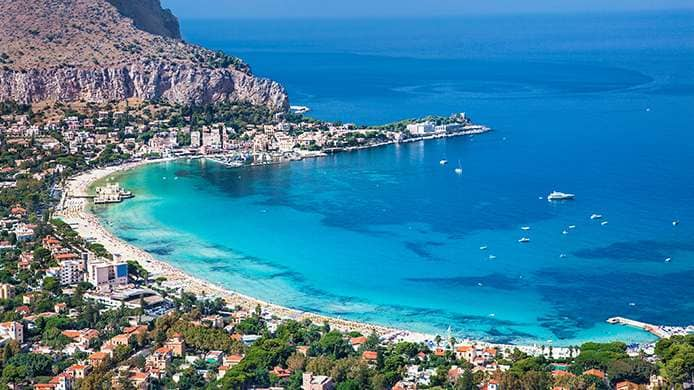
In the 9th century AD, Palermo was conquered by the Arabs, who transformed the city into a center of learning and culture. The Arabs introduced new agricultural techniques, such as irrigation systems and citrus farming, which greatly improved the local economy. They also built many impressive monuments, such as the Zisa Castle and the Norman Palace, which still stand today as a testament to their architectural and artistic achievements.
In the 12th century AD, Palermo was conquered by the Normans, who blended the Arab and Byzantine influences with their own Gothic style, creating a unique architectural style that is still visible in many buildings in the city. During this period, Palermo became a center of political and cultural power, attracting scholars, artists, and intellectuals from all over Europe.
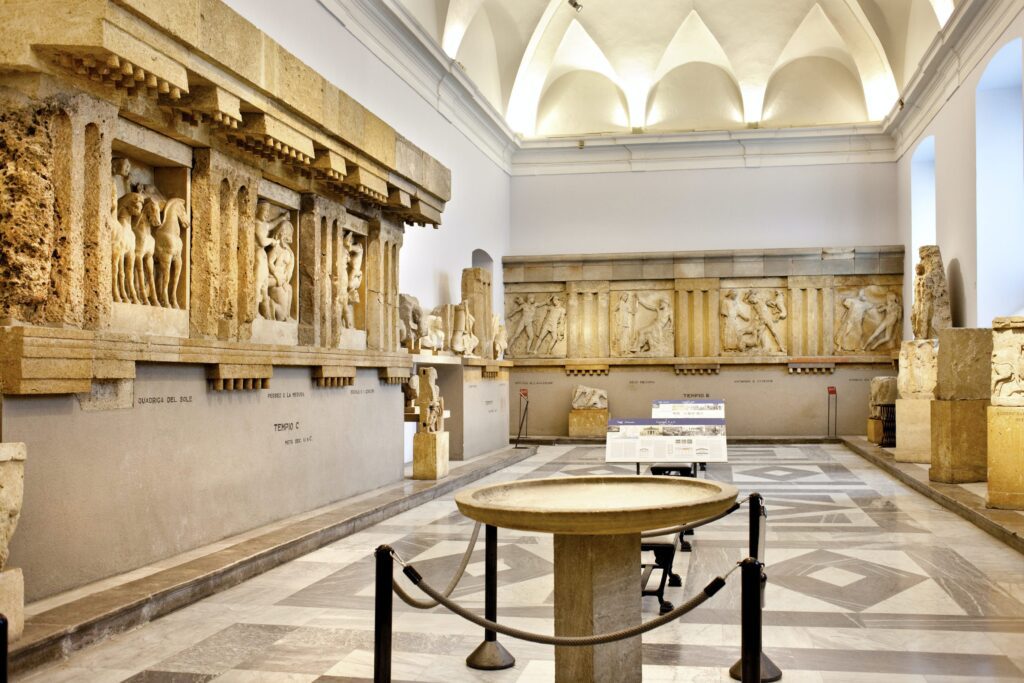
Culture of Palermo
The cultural heritage of Palermo is as rich and diverse as its history. The city is home to numerous museums, art galleries, and theaters that showcase the best of Sicilian art, history, and culture. One of the most famous museums is the Regional Archaeological Museum, which houses a vast collection of artifacts from the prehistoric to the Byzantine era.
Palermo is also known for its vibrant street life, with bustling markets, colorful festivals, and lively performances. One of the most famous markets is the Vucciria, where visitors can find a wide variety of local products, such as fresh seafood, fruits, and vegetables, as well as traditional handicrafts and souvenirs.
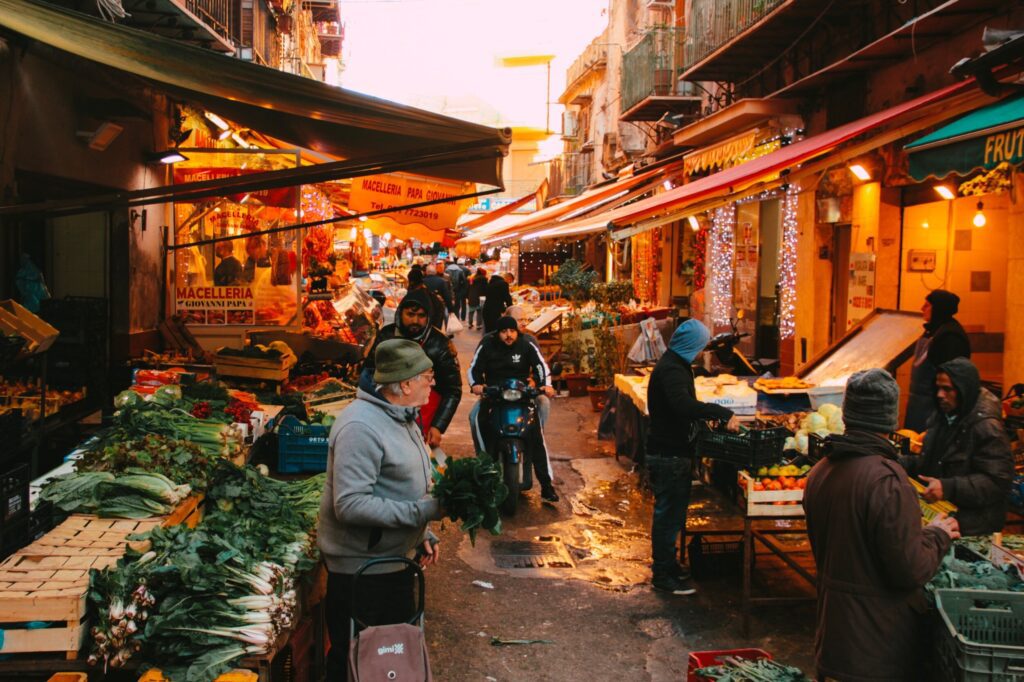
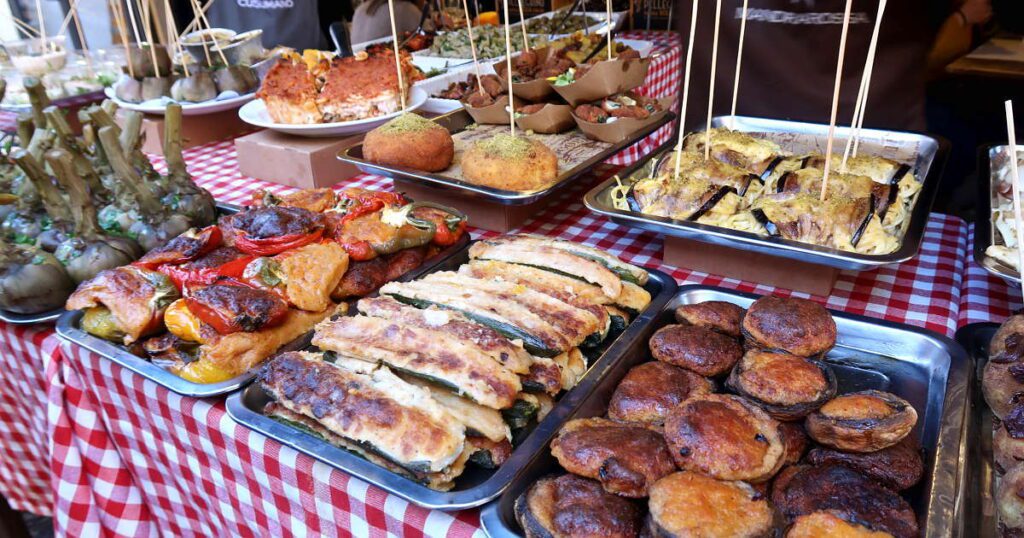
Food of Palermo
Another notable aspect of Palermo’s culture is its cuisine, which has been shaped by the various cultures and civilizations that have inhabited the city throughout its history. From the Arab influence seen in the use of spices and sweet-and-sour flavors to the Norman influence seen in the use of seafood, Palermo’s cuisine is a fusion of flavors that is truly unique. Some of the city’s most popular dishes include arancini (fried rice balls filled with meat, cheese, or vegetables), panelle (chickpea fritters), and pasta con le sarde (pasta with sardines). Palermo is also known for its seafood dishes, such as spaghetti ai ricci (spaghetti with sea urchin sauce), pesce spada (swordfish), and sarde a beccafico (stuffed sardines). The city is home to many excellent restaurants, trattorias, and osterias, where visitors can taste the best of Sicilian cuisine.
In addition to its rich history and unique culture, Palermo is also home to some of the most stunning architecture in Italy. The city’s cathedral, which was built in the 12th century, is a masterpiece of Norman architecture and features a stunning fusion of Gothic, Arab, and Byzantine styles. Another notable building is the Palazzo dei Normanni, which was originally built in the 9th century as a fortress and later served as the royal palace of the Norman kings.
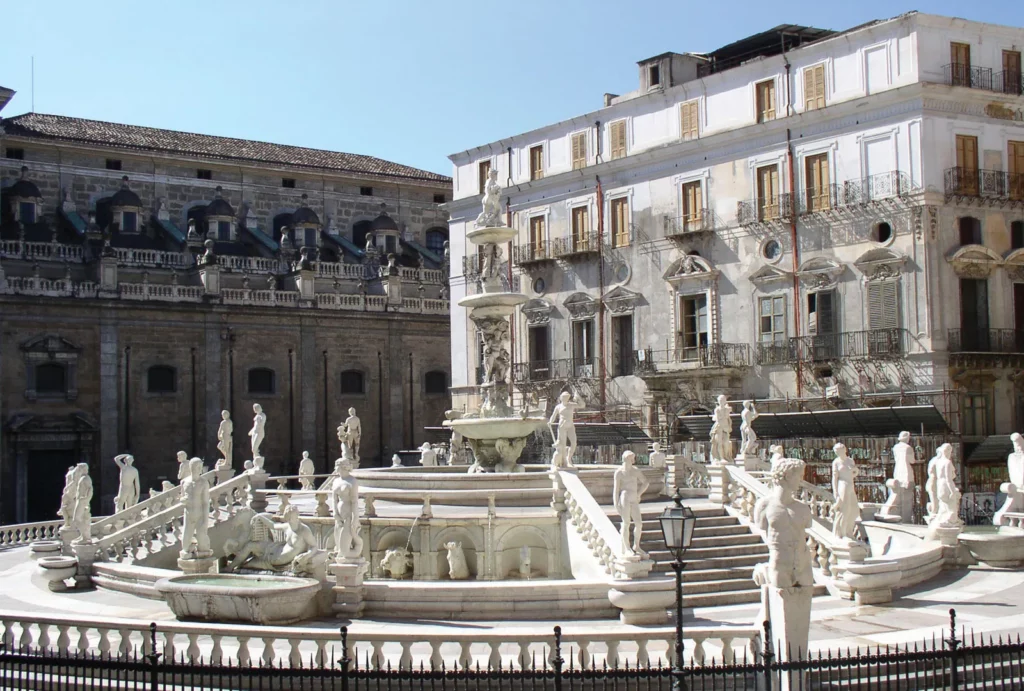
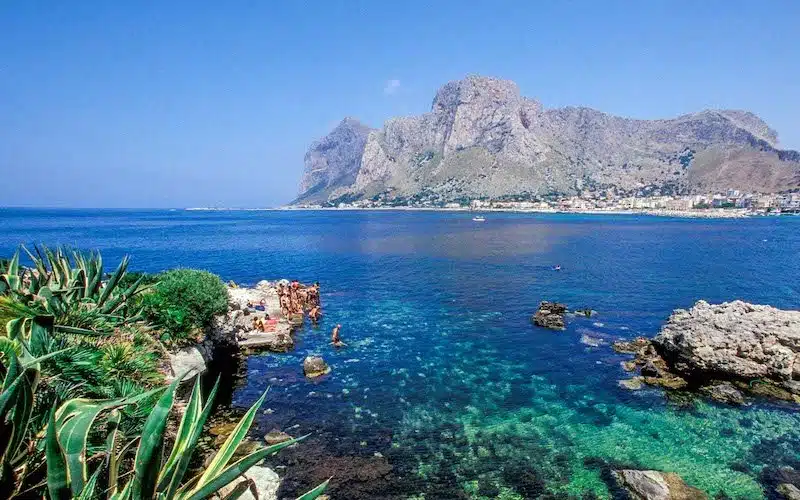
Finally, no discussion of Palermo would be complete without mentioning its stunning natural beauty. The city is located on the north coast of Sicily and boasts some of the most breathtaking beaches and coastline in the country. From the rugged cliffs of Capo Gallo to the pristine sands of Mondello Beach, Palermo’s natural beauty is truly awe-inspiring.
Today, Palermo is a bustling city that’s full of life. It’s a fascinating blend of old and new, with ancient churches standing side by side with modern restaurants and bars. Palermo is also home to some of the world’s most impressive museums, including the Museo Archeologico Regionale Antonio Salinas and the Palazzo dei Normanni.
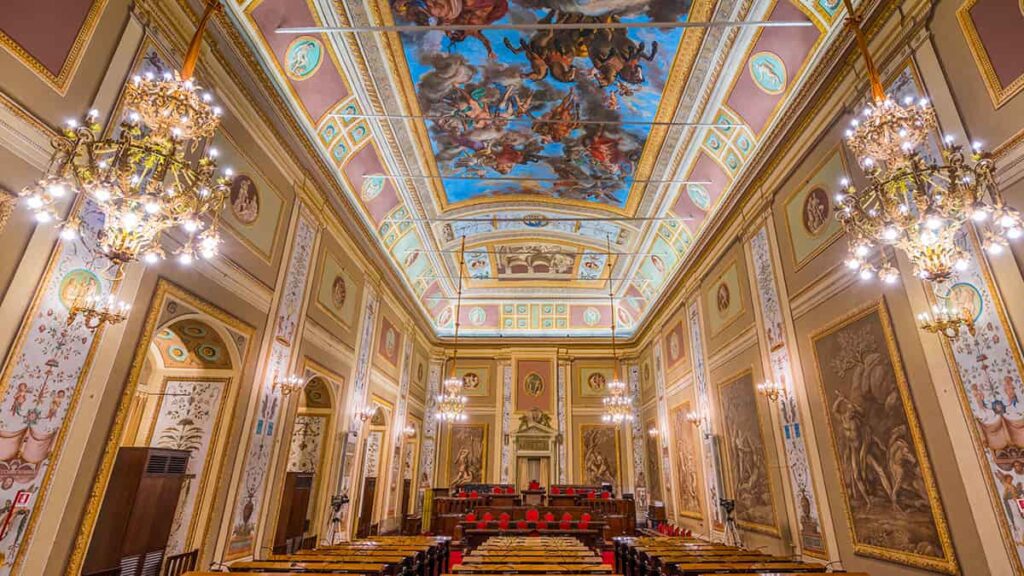
Must-Visit Places in Palermo
If you’re planning a visit to Palermo, there are several places you must visit to experience the city’s true essence. Here are some of our top picks:
1. The Cathedral of Palermo: The Cathedral of Palermo is one of the city’s most iconic landmarks. Built-in the 12th century, the cathedral features an impressive blend of architectural styles, including Norman, Gothic, and Baroque.
2. The Teatro Massimo: The Teatro Massimo is one of the largest opera houses in Europe, and it’s a must-visit for anyone interested in music and theater. The theater is known for its stunning architecture and world-class performances.
3. The Quattro Canti: The Quattro Canti, also known as the Piazza Vigliena, is a beautiful Baroque square in the heart of Palermo. The square features four stunning buildings, each representing one of the four seasons.
4. The Vucciria Market: If you want to experience the true essence of Palermo, head to the Vucciria Market. The market is a bustling hub of activity, where you can find everything from fresh produce to handmade crafts.
Conclusion
Palermo is a city with a rich history and a vibrant culture. Its diverse past has created a unique blend of architecture, cuisine, and traditions that make it a fascinating place to visit. If you’re planning a trip to Italy, make sure Palermo is on your list of must-visit places. You won’t be disappointed.
